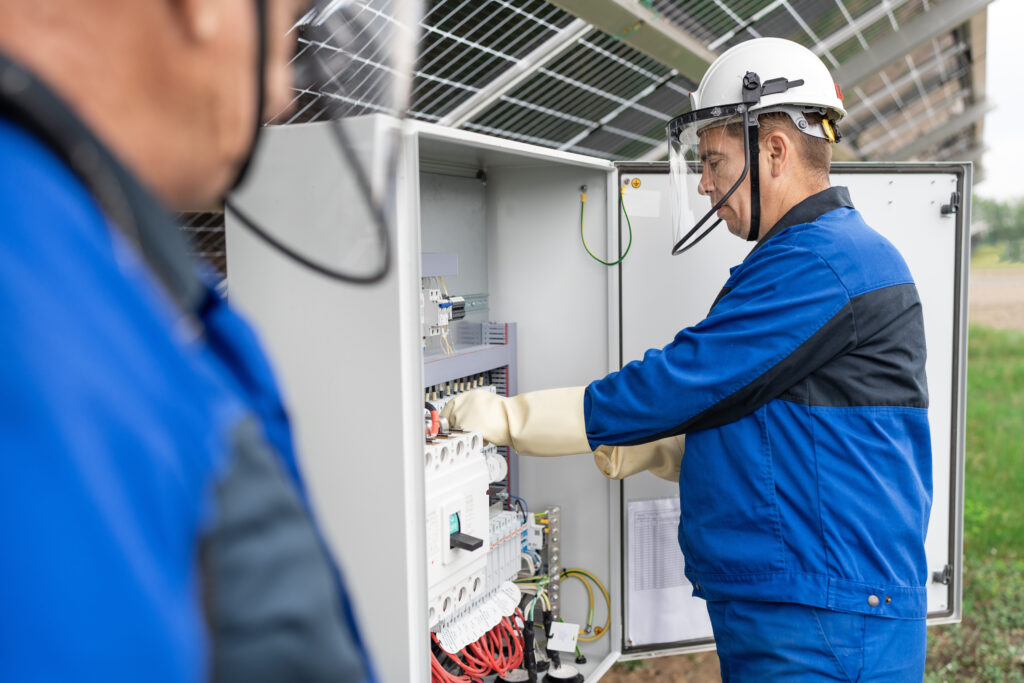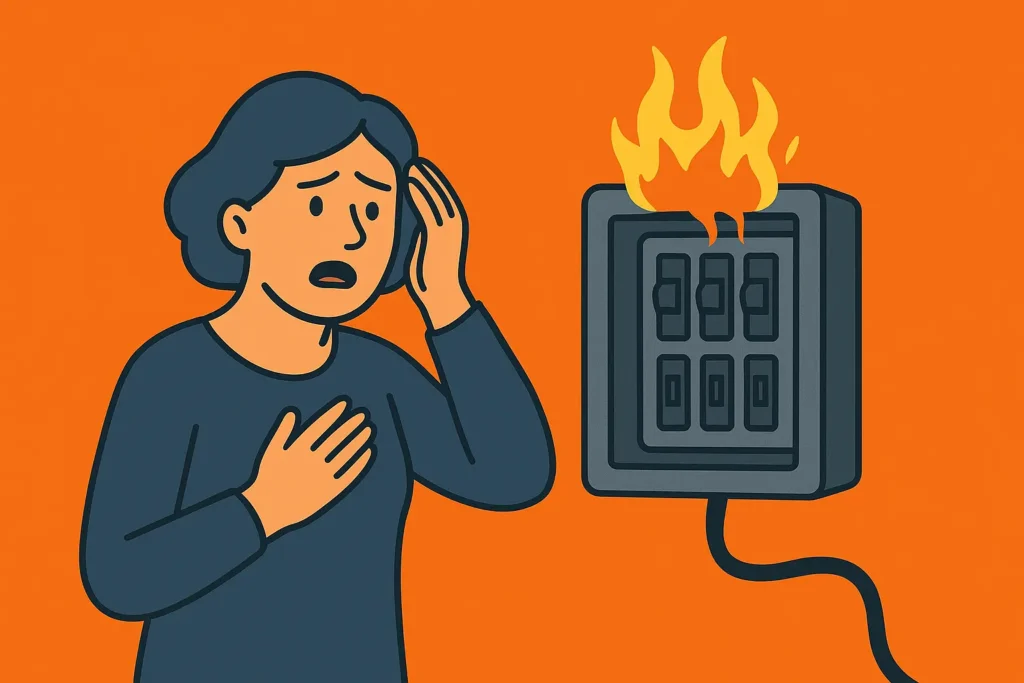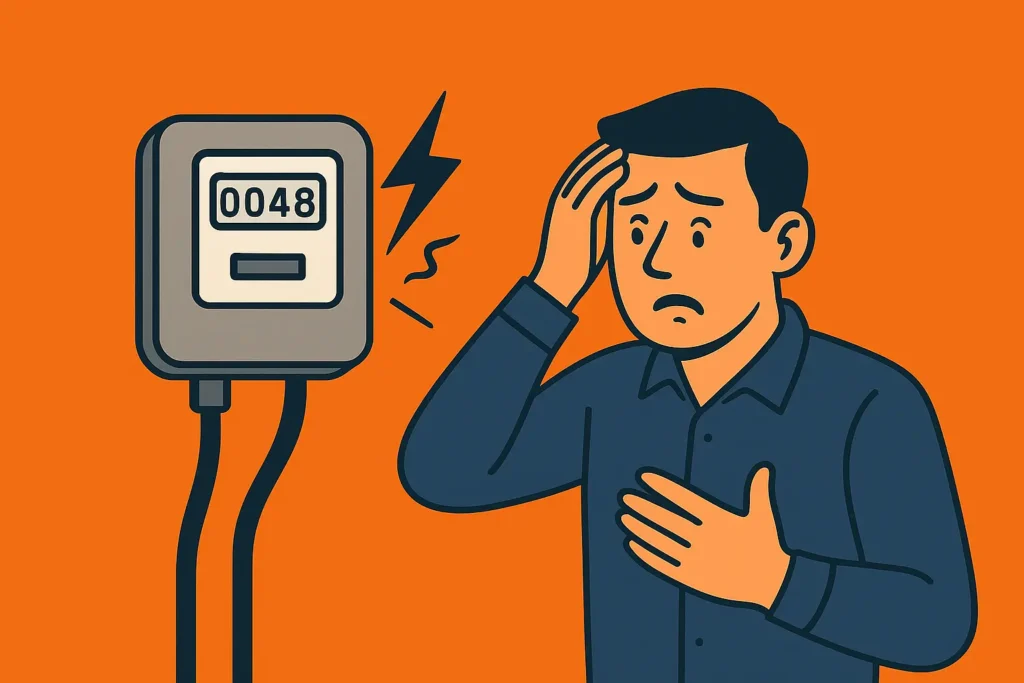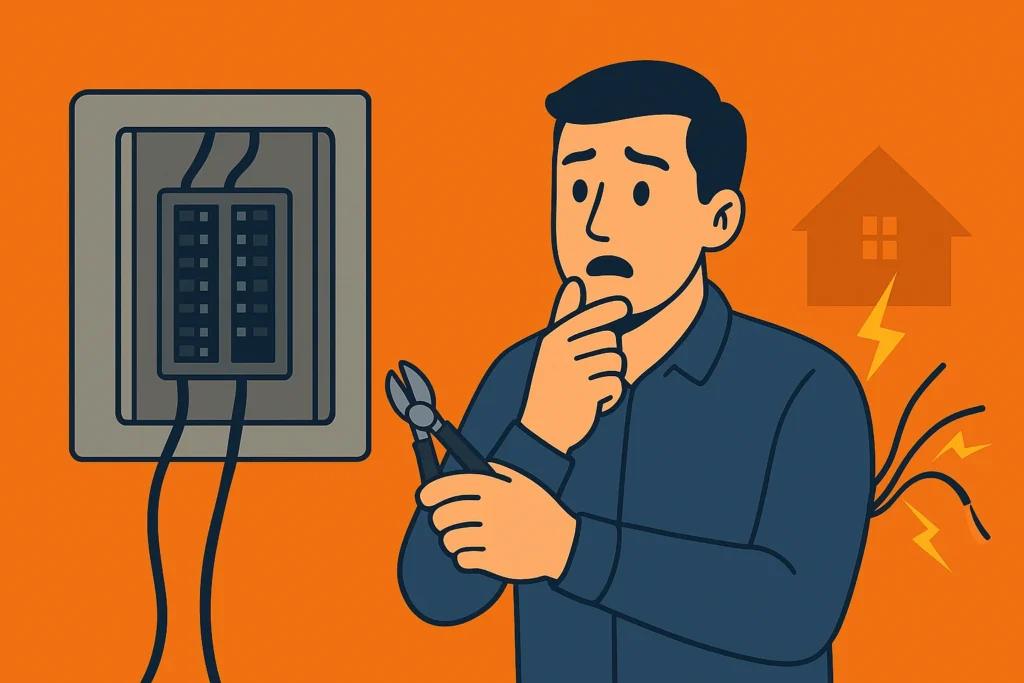Changing an electrical panel is not an easy task, but a difficult job that incorporates intricate details and nitty-gritty to deal with. Having an electrical panel replaced is necessary to make your electrical system more efficient, as the task is growing day by day and enhancing its features since the dawn of the 21st century. In this blog, we will guide you through all the suggestions and tips given by professional electricians to upgrade your electrical system.
Replacing Electrical Panels: Why Changing Matters
The process of replacing an electrical panel is intricate and calls for specialized knowledge. That is why professional electricians prioritize safety and advise that adherence to regional laws is essential. They strongly discourage do-it-yourself electrical panel projects and recommend securing the necessary tools, turning off the power, and seeking assistance from a licensed electrician.
Many homeowners underestimate the importance of their electrical panel. A panel that’s too old or undersized can:
- Struggle to meet modern power demands (think EV chargers, smart appliances, and HVAC systems).
- Increase fire risk due to overheating or faulty connections.
- Cause recurring inconveniences like blown fuses or tripped breakers.
Upgrading your panel is not just about convenience; it’s about safety, efficiency, and preparing your home for the future.
Security First: Make Sure That Your Safety Comes Above All
Professional electricians emphasize that when upgrading a panel, safety should always come first. Here are some safety-focused tips:
- Turn off the power: To avoid electrical mishaps, the panel’s main power supply needs to be turned off before any work starts.
- Put on the proper safety gear: To protect yourself from potential electrical hazards and debris, put on gloves, safety glasses, and protective clothing.
- Empty the space: Make sure the area surrounding the panel is clear of clutter and safe for easy access and movement.
- Keep water sources away: You should keep any source of water away from the panel area.
- Never touch exposed wires: Don’t try to attempt electrical panel replacement or even to open the panel yourself.
Planning and Preparation: How to Change Electrical Panels?
Don’t wait for sparks to escalate before taking action. Consult a licensed professional, plan wisely, and invest in a panel upgrade that delivers safety, efficiency, and peace of mind for years to come. Here’s the step-by-step guide to changing electrical panels, as advised by professional electricians.
- Consult a licensed electrician: Professional electricians possess the knowledge and experience to handle panel replacements safely and effectively.
- Secure necessary tools: Gather all required tools, including screwdrivers, pliers, and a voltage tester, to minimize interruptions during the process.
- Label wires: Carefully label all wires to ensure proper reconnection in the new panel.
- Check local regulations: Ensure compliance with local codes, permits, and inspection requirements for electrical panel replacements.
- Plan for power interruption: Prepare for a temporary power outage during the replacement process.
- Assess your panel’s condition: Thoroughly examine the existing panel for signs of wear, damage, or outdated components.
- Consider upgrading capacity: If needed, upgrade to a 200-amp panel with a main breaker for increased electrical capacity.
- Avoid overloading: Ensure that circuits and the new panel are not overloaded, and distribute the electrical load evenly.
Cost Considerations: What to Expect
Homeowners often ask, “How much does it cost to change an electrical panel?” The answer depends on:
- Panel size (100-amp vs. 200-amp or higher).
- Condition of wiring (if rewiring is needed, costs increase).
- Location and permits (city regulations affect pricing).
On average, panel replacement ranges from $1,500 to $3,500. While this may seem steep, it’s a worthy investment in your home’s safety and long-term efficiency.
Professional Advice: Avoid These Common Mistakes
Professional electricians warn homeowners against these frequent errors:
- Do-it-yourself projects: Even if you’re handy, this is a task best left to professionals.
- Ignoring warning signs: Delaying replacement can result in costly damage.
- Choosing the cheapest option: quality panels and professional installation matter more than short-term savings.
- Not planning for future demand: Undersizing a new panel will only lead to another replacement down the road.
Conclusion
Electrical panel changing might not be the most alluring home improvement project, but it’s one of the most important. By upgrading to a modern, efficient system, you’re protecting your family, enhancing your home’s functionality, and preparing for the future of technology. Not only is replacing your electrical panel a technical improvement, but it also changes how your house operates.
FAQs
How long does it take an electrician to change a panel?
Changing or upgrading an electrical panel takes around four to eight hours.
How much does an electrical panel upgrade cost?
An electrical panel upgrade costs approximately $800 to $4000.
How much does it cost to upgrade from a 100-amp to a 200-amp panel?
Upgrading from a 100-amp to a 200-amp electrical panel costs around $1300 to $3000.




